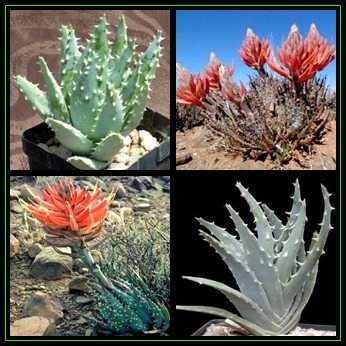
Aloe longistyla - Ramenas - 10 Seed Pack Indigenous Succulent - Worldwide Shipping - NEW
Check my rate
| Main centres: | 1-3 business days |
| Regional areas: | 3-4 business days |
| Remote areas: | 3-5 business days |

| Main centres: | 1-3 business days |
| Regional areas: | 3-4 business days |
| Remote areas: | 3-5 business days |
Aloe longistyla commonly known as Ramenas is a dwarf, stemless, usually solitary Aloe that may well have 2 or 3 rosettes. Aloe longistyla plants have densely crowded, greyish green leaves with firm white spines of up to 4 mm long on both surfaces. The flowers are dense, broad, cone-shaped racemes which appear singularly or in pairs. Up to 50 pale salmon-pink to coral-red flowers are borne on these plants in the winter. An unmistakable characteristic of the flowers is that their upper halves are curved upwards to expose the unusually long stamens and styles. Their natural adaptation to harsh and often arid climates makes aloes outstanding subjects for the water-wise garden. Aloes can tolerate long periods of drought, but it is not true that watering should be withheld to obtain optimal growth. Stressed plants are more susceptible to insects and pests. Plants flourish, flower better and are more resistant when given adequate water during the growing season. However, be very cautious not to overwater aloes because they may rot if they stay wet for too long. Adequate drainage is essential. Plant smaller aloes in raised beds and only water them when the top 5cm of soil has dried. Even though there are some species that are challenging to grow, most of the aloes are easy and can readily be grown just about any place in the country. Aloes generally need soils with good drainage and do best in warm climates. When planted in rich soil that are frequently mulched they will do well for many years without interference making them very low-maintenance plants once established. Aloe is a genus in the Asphodeloideae family containing about 600 species of flowering succulent plants. The most common and well known of these is Aloe vera. The genus is mostly native to Africa with about 125 being indigenous to South Africa. About 405 species can be found in Africa while about 45 species are found in the Arabian Peninsula. Socotra has 4 natural species and the Mascarene and other Western Indian Ocean Islands share about 7 species. Madagascar, for its size, has a pretty extensive collection of about 145 species. |